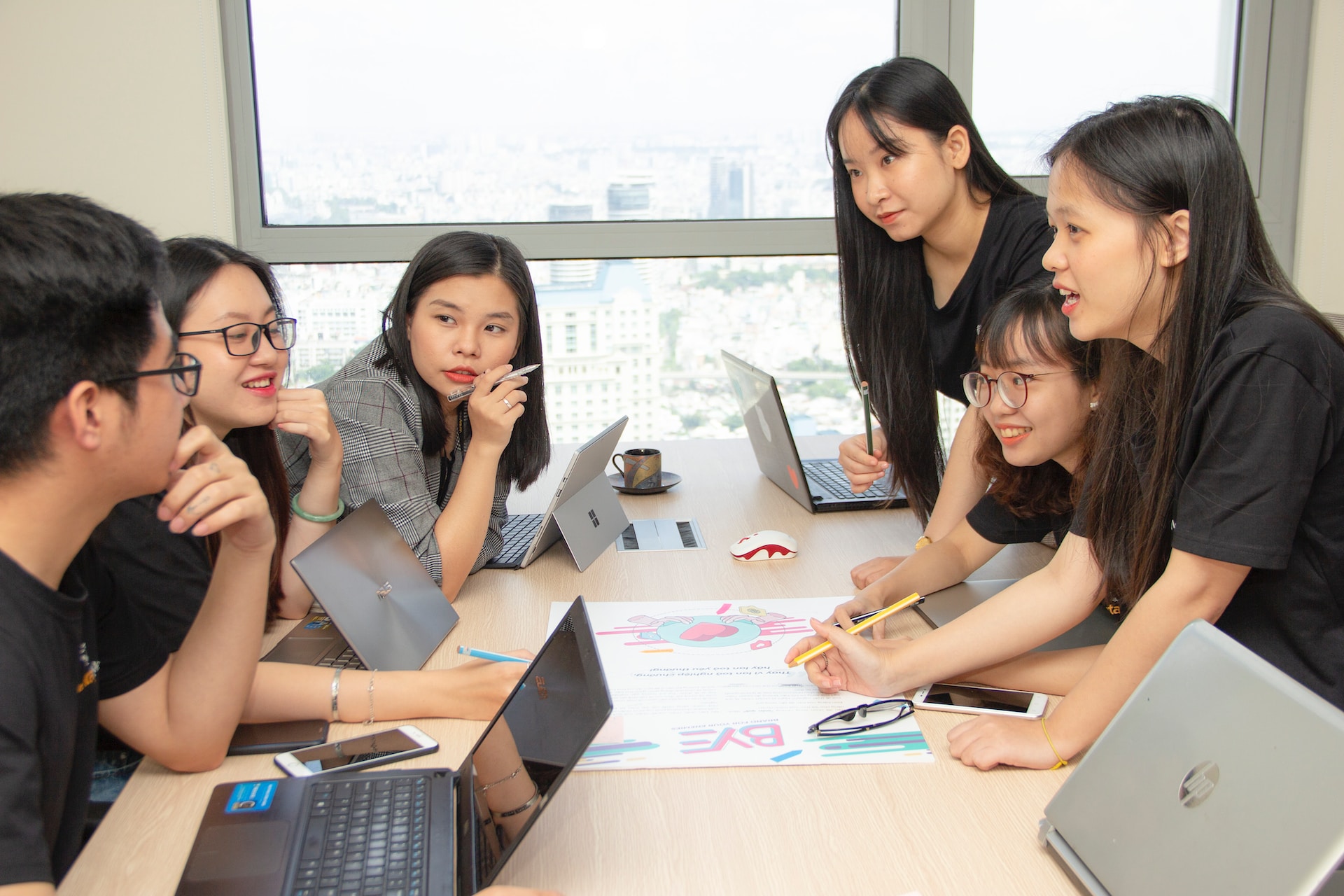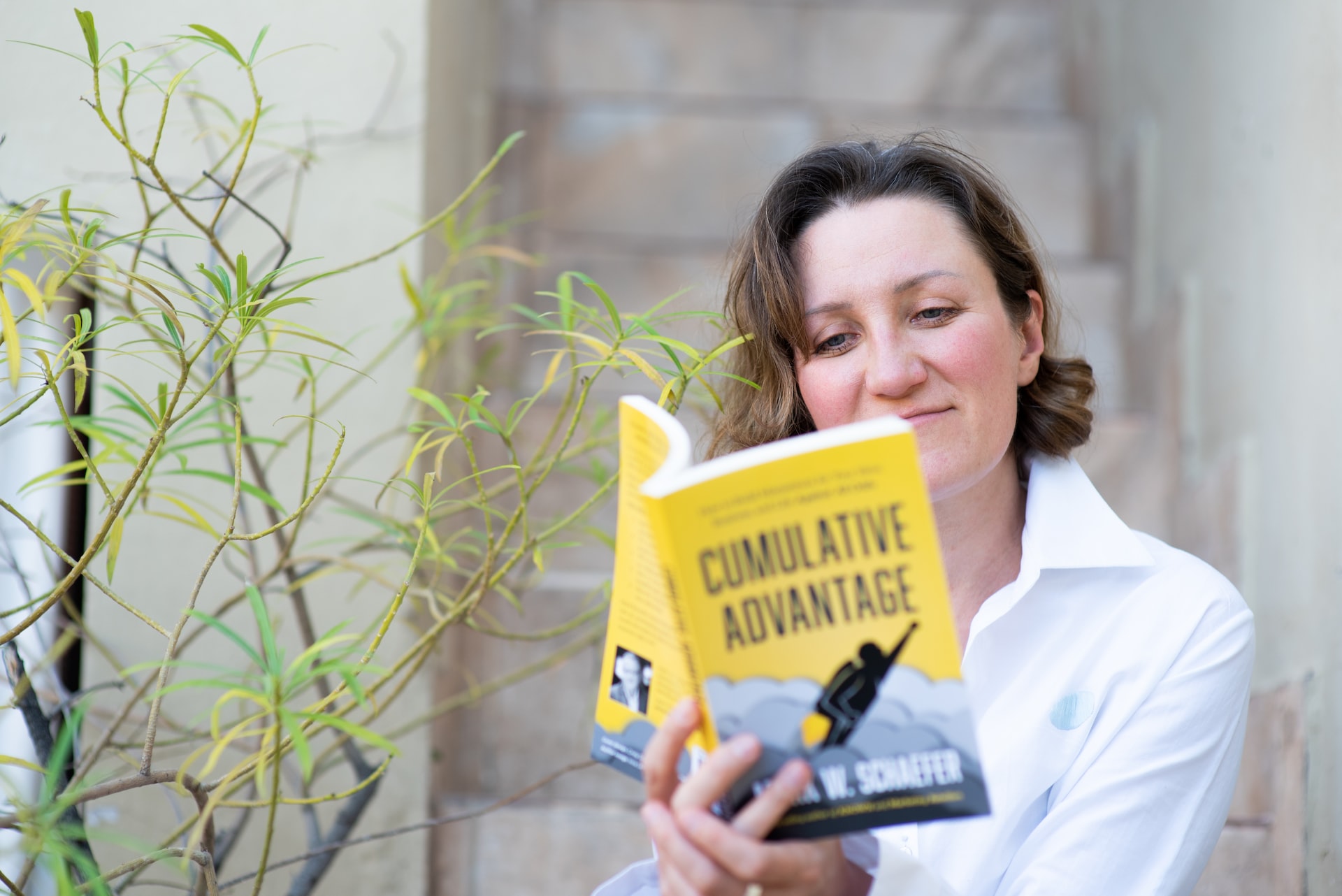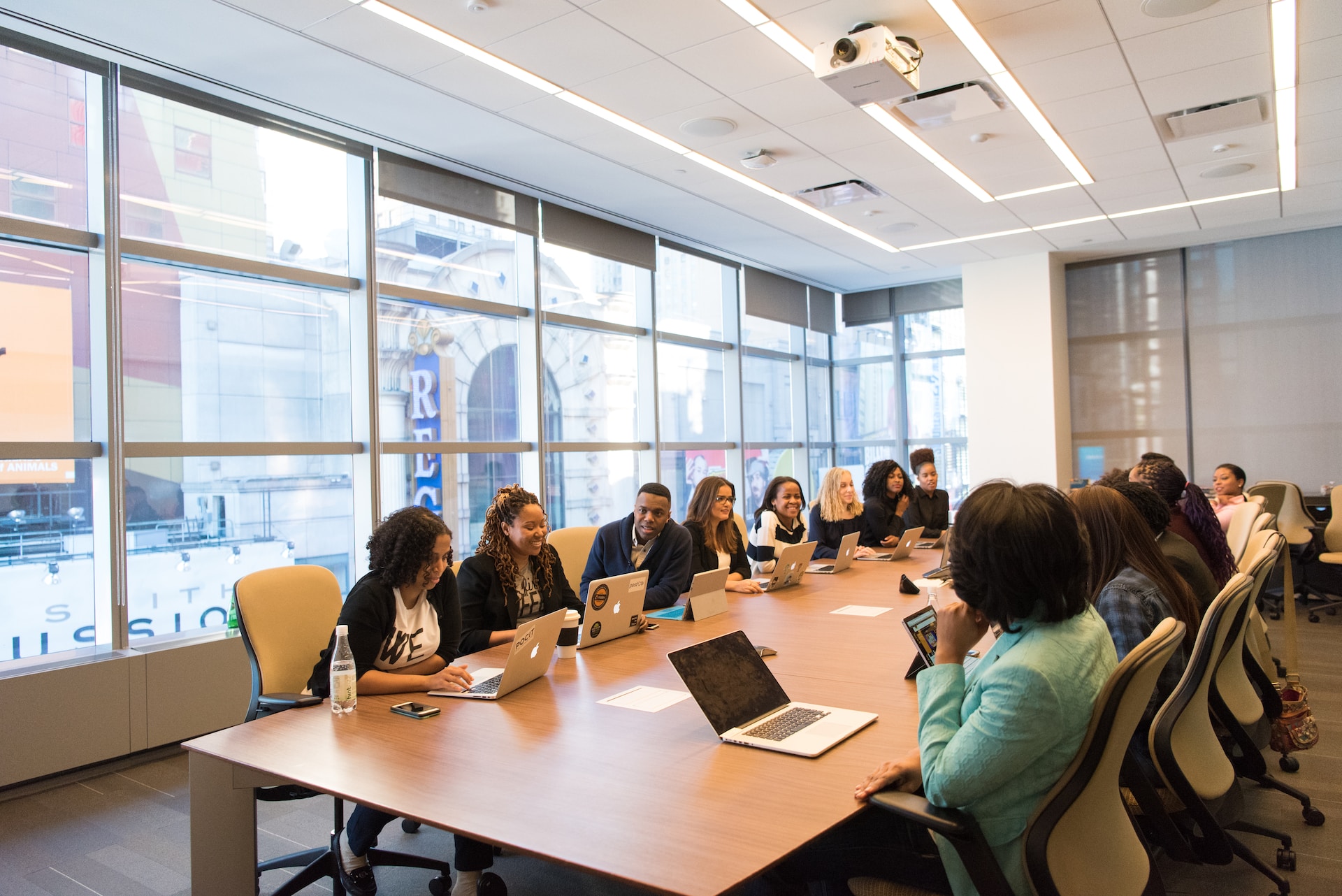The Power of Preparation: Laying the Groundwork for Successful Meetings
Establish a Clear Purpose and Agenda
- Key topics to be discussed
- Specific goals for each topic
- Time allocated for each agenda item
Select the Right Participants
- Have expertise or decision-making authority in the areas being discussed
- Will be directly impacted by the meeting's outcomes
- Can provide valuable input or unique perspectives
The Art of Facilitation: Leading Meetings That Engage and Inspire
Set the Tone and Establish Ground Rules
- Encouraging active participation
- Allowing one person to speak at a time
- Respecting diverse opinions
- Staying focused on the agenda

Keep Discussions Focused and On-Track
- Gently redirect discussions back to the agenda when they veer off-course
- Encourage participants to share their thoughts succinctly
- Use a timer to allocate time for each agenda item and enforce time limits
Foster Engagement and Active Participation
- Ask open-ended questions to stimulate discussion and solicit input
- Encourage quieter participants to share their thoughts by calling on them directly
- Acknowledge and validate participants' contributions to create a supportive environment
Make Decisions and Assign Action Items
- Clearly stating decisions reached during the meeting
- Assigning action items to specific individuals, along with deadlines and any necessary resources
- Summarizing key takeaways, decisions, and action items at the end of the meeting
The Importance of Follow-Up: Ensuring Meeting Outcomes Drive Progress
Distribute Meeting Minutes and Action Items
Check-In on Progress and Address Obstacles
Evaluate and Refine Your Meeting Process
- Participant engagement and satisfaction
- Adherence to the agenda and time limits
- The clarity of decisions and action items
Embracing Virtual Meetings: Tips for Remote Success
- Choose the right technology: Select a reliable video conferencing platform with the necessary features, such as screen sharing, chat functionality, and virtual breakout rooms.
- Test your equipment and connection: Ensure your audio and video equipment are functioning properly, and test your internet connection to minimize technical issues during the meeting.
- Set expectations for virtual etiquette: Establish guidelines for virtual meeting conduct, such as muting microphones when not speaking, using video when possible, and minimizing background noise.

Additional Strategies for Effective Meetings
Start and End on Time
- Schedule meetings with buffer time before and after, allowing for transition periods between appointments
- Set a timer or use a meeting management tool to enforce time limits on agenda items
- Communicate your commitment to punctuality with participants and encourage them to be prompt
Encourage a Solutions-Focused Mindset
- Frame discussions in terms of desired outcomes and potential solutions rather than dwelling on problems or obstacles
- Encourage brainstorming and creative thinking, fostering an open environment where all ideas are welcomed
- Recognize and celebrate progress, even if it is incremental, to maintain momentum and motivation
Leverage Visual Aids and Tools
- Slide presentations to summarize key points and data
- Whiteboards or flip charts for brainstorming, mind mapping, or diagramming
- Digital collaboration tools, such as virtual whiteboards or shared documents, for real-time editing and input
Offer Opportunities for Personal Development
- Invite guest speakers or experts to share knowledge or insights on relevant topics
- Conduct skill-building exercises or workshops related to the meeting's objectives
- Encourage cross-functional collaboration to expose team members to new perspectives and skills

Implementing Meeting Alternatives: Exploring Other Modes of Collaboration
- Asynchronous communication: Utilize email, team collaboration tools, or shared documents to facilitate communication without requiring real-time interaction.
- One-on-one discussions: Address specific issues or concerns through individual conversations, which can be more focused and time-efficient than group meetings.
- Huddles or stand-ups: Hold brief, daily check-ins to share updates and discuss challenges, eliminating the need for lengthy meetings.
Related Courses
Management Mastery - Communicate with Influence
Learn the 8 critical skills to make you a confident and compelling leader in 2 weeks. 🚀
Facilitation Leadership Lab
Accelerate your career, unlock your organization’s potential, and build better worlds with proven facilitation skills.
Facilitation Finesse
Advance your leadership skills and guide your group with ease and confidence – no matter what happens.
How to Facilitate a Truly Productive Meeting
A highly-practical course for people who feel their team meetings could be more productive, engaging, and focused.
Managing Conflict
Don't let conflict or challenging personalities hijack a meeting, with these proven facilitation skills.
Remote Design Sprint Masterclass for Agile Teams
Elevate Your Design Sprints: Maximize Innovation with Efficient, Resource-Smart Remote Techniques
You might also like

11 Ways to Foster Innovation on Your Team

Lifelong Learner: How Continuous Learning Benefits Leaders

How to Be an Effective Sales Leader

